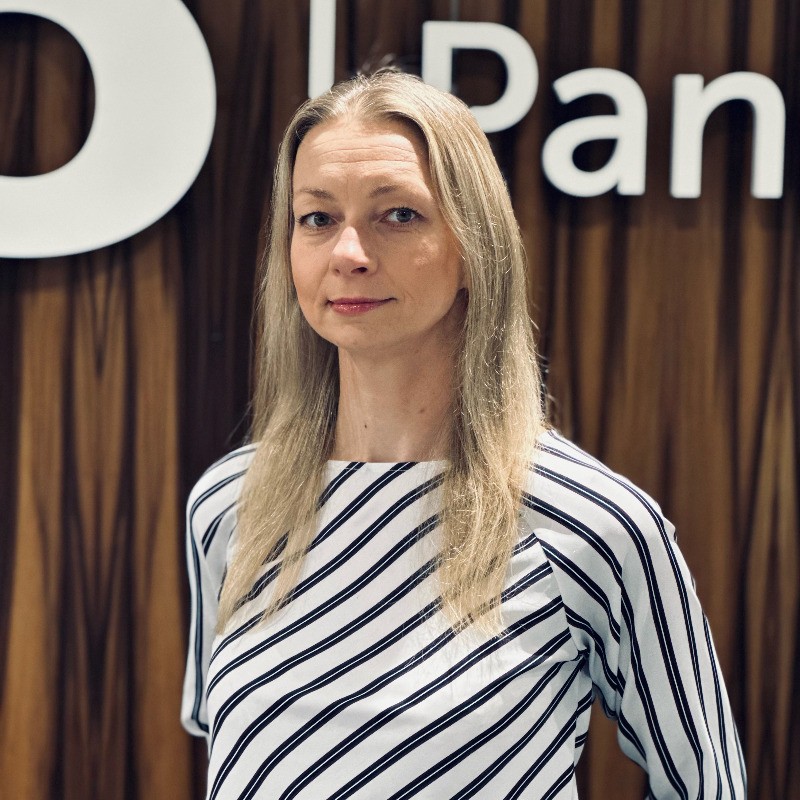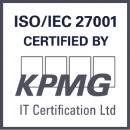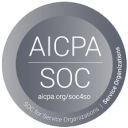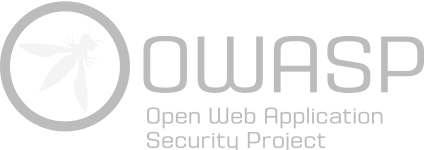See how Salv Bridge supports real-time collaboration
Learn moreSiiri Grabbi is Sanctions and Counter-Terrorism Financing Officer at Coop Pank Estonia and Chair of the Sanctions Working Group of the Estonian Banking Association. In this blog, she shares her experience using Salv Bridge over the past four years.
Before working in banking, I was a diplomat for over a decade. One of my roles back then was RELEX Counsellor sitting in Brussels negotiating EU sanctions. Back then, I took part in deciding on the sanction rules and regulations. Now, working inside a bank, I see how the evasion takes place and weakens their aim. It’s been eye-opening, and it’s why information sharing is so important to my job.
Today, I’m the Sanctions and Counter-Terrorism Financing Officer at Coop Pank in Estonia and chair the Sanctions Working Group of the Estonian Banking Association. I’ve worked with Salv since the beginning, first at LHV Bank, then at Coop Pank, using both the Screening and Bridge tools.
I wouldn’t say I use Bridge every day, but certainly every other day. It’s become a routine part of how we fight fraud, sanctions evasion, and terrorist financing.
Building a culture of trust
Before Bridge, our information exchange happened through association working groups, WhatsApp groups or by calling colleagues. All of these were too slow for fast-moving threats. As colleagues changed, information did not reach the right people, and so on.
Everyone recognised the need for a tool that could connect us instantly.
They say the fish rots from the head; so if leadership doesn’t value collaboration, it won’t happen. Fortunately, Chief Executives and Risk Officers at major banks in Estonia agreed that cooperation was the only way to strengthen AML controls.
Once that decision was made, things moved quickly.
We learned that culture matters as much as compliance. What helped was a strong sense of community. The Estonian banking community is small, so people know each other by name — regular Salv Bridge Workshops also helped put names and faces together.
That connection became the foundation for trust.
My experience using Salv Bridge in practice
Salv Bridge is now embedded in our daily workflows. The AML and fraud teams use it whenever a case arises. If there’s a sanctions hit, a suspected fraud, or an unusual pattern, we can query other banks and get a response within hours.
The platform is used across several types of cases. For fraud, it allows us to share IBANs of fraudulent accounts instantly, to multiple banks at once. That’s crucial when stolen funds are being transferred quickly through institutions. The result is faster recalls and fewer losses.
For sanctions, we use Bridge to compare details of individuals or entities that may match sanctions lists, for example, where multiple people share the same name. By confirming details such as dates of birth, we avoid freezing the wrong accounts and can act immediately when the match is genuine. It is also mutually beneficial in cases of transactions where the sanction match is eliminated within minutes and the customer satisfaction increases both in payer and payee banks.
Salv Bridge has also become a link to Estonian authorities such as the Tax and Customs Board. When we detect possible sanctions evasion, we file suspicious activity reports directly through the same channel. Every message is logged, secure, and faster than the old systems we used to rely on.
Making cooperation work
Technology is only half the story. The rest is about people, process, and mutual understanding. Early on, Estonian banks agreed on a common process describing what questions could be asked, what legal grounds were required, and how quickly we should respond. That clarity made cooperation routine.
We also learned the value of informal relationships. Lawyers and compliance officers must trust each other, so it helps if they have a good working relationship. When legal and AML teams know each other’s worlds, everything moves faster. Working in silos does not work!
We also meet regularly with regulators, FIU representatives and ministry officials, formally and informally. Again, it helps build relationships that make the system work.
Domestic collaboration is one thing; cross-border work is another. Our banks now exchange information directly with peers in Lithuania, including fintechs such as Paysera. That has been a big step forward. Smaller institutions often act as transit banks for fraudulent funds heading to third countries. If we can block them quickly, we protect not only our own clients but others too.
These partnerships also protect reputations. No legitimate customer wants to bank with an institution linked to fraud, money laundering or sanction evasion.
Every successful recall, every cooperative investigation, strengthens trust in the wider system. The legal side remains complex, as different jurisdictions still interpret EU rules and regulations differently. But our practical cooperation shows what’s possible even before new regulations, like AMLR Article 75, take effect.
Bridge proves that collaboration works.
It helps us respond faster, protect more customers and, most importantly, build trust between people who once worked in isolation. Every message shared strengthens that trust. Every quick response shows why it matters. When people know the person on the other side, cooperation becomes instinctive.
That, more than any law or regulation, is how we beat financial crime. The best operation is cooperation!




